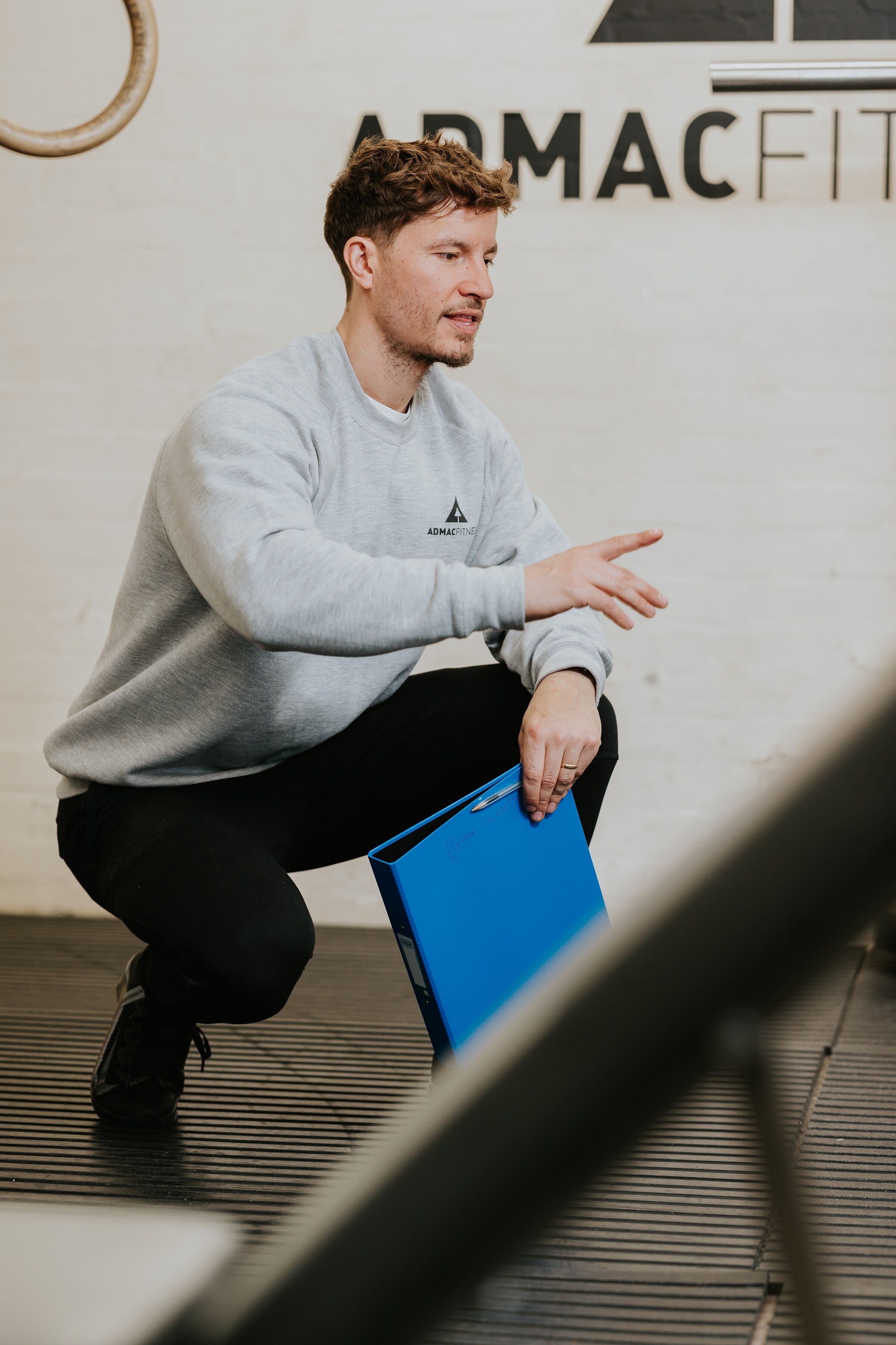One of the big points of training that is often overlooked is how you hold the bar. The grip you take when grabbing the barbell can have a large impact on the effect of the exercise. Whether you use an underhand grip, overhand grip, mixed grip, hook grip, neutral grip etc, you change the training effect of the exercise and the muscle activation.
Research by Starr et al in 2014 titled Effects of hand-grip during the inverted row with and without a suspension device: An electromyographical investigation concluded that…
‘The results indicate that significant differences exist in muscular activity during hand-grip variations…’
This is one of many studies show that something as simple as a hand grip adjustment will have a large impact on how their exercise performs for the person doing the training.
So what are the different types of grip used in weight training?
Here’s an overview of the basic grip types…
Pronated grip (also known as overhand grip): The palms are facing down and the knuckles are up. This is the most common grip used in weight training, as it allows for the most weight to be lifted with exercises such as the bench press.
Supinated grip (also known as underhand grip): The palms are facing up and the knuckles are down. This grip is not as strong as the pronated grip, but it can be used to target the biceps muscles more effectively, especially with chin ups and rows.
Neutral grip (also known as hammer grip): The palms are facing each other. This grip is often used for exercises that target the forearms, such as dumbbell rows and hammer curls. It’s a useful grip for variation and elbow health.
In addition to these three main grips, there are a number of variations that can be used to improve grip strength or target specific muscle groups. Some of these variations include:
Hook grip : The thumb is wrapped around the bar from the same side as the other fingers. This grip can be used to lift heavier weights, but it can also be painful (which is why some weightlifters wear tape). It takes some getting used to, but it’s the best grip for weightlifting.
Mixed grip : One hand is pronated and the other hand is supinated. This grip can also be used to lift heavier weights, and it can help to prevent the bar from rolling out of the hands. It’s commonly used with a deadlift and provides a strong attachment with the barbell.
Thumbless grip : The thumb is not wrapped around the bar. This grip can be used to target the biceps muscles more effectively, but it can also be dangerous, as it increases the risk of the bar slipping out of the hands. It’s helpful for building forearm strength.
The best grip for you will depend on the exercise you are performing and your individual goals. If you are new to weight training, it is a good idea to start with the pronated grip and gradually work your way up to other grips as your grip strength improves.
Grip width - what does that do?
Just like with hand orientation, the width of the grip you have can play a large role in impacting the muscle recruitment during an exercise.
In 2021 a team of Norwegian researchers completed a study titled The Effect of Grip Width on Muscle Strength and Electromyographic Activity in Bench Press among Novice- and Resistance-Trained Men, and they found the results were dramatic. They concluded…
Grip widths affect both 6 rep max loads and triceps brachii, biceps brachii, and anterior deltoid activity especially between wide and narrow grip widths.
You’ll see similar results impacting row variations, pull variations, arm exercises and the like. This means that the grip width isn’t just a matter of personal preference - it has a large impact on how the exercise trains the body, builds strength and the muscles recruited. This is the case independently of the type of grip used.
When you know this, you can use the information to your advantage, performing exercise in a range of different ways and enjoying different benefits as a result.
Let AdMac Fitness Personal Trainers help…
AdMac Fitness has been helping the people of East London transform their health and fitness for nearly a decade.
We help people using tried and tested fitness approaches. Our expert team of personal trainers, based in both Bow and South Woodford can help you get a grip of your health forever. With our guidance and experience, you can relax knowing that your fitness journey is going to be guided by some of the best personal trainers in East London.
For more information on who we are, what we do and how we can help you achieve your health and fitness goals, contact us on… 07921465108 or email us at admacfitness@gmail.com. We look forward to hearing from you!
Our locations are…
AdMac Fitness Bow: Arch 457 Robeson St, London E3 4JA
AdMac Fitness South Woodford: Unit 4 Marlborough Business Centre, 96 George Lane, South Woodford, London, E18 1AD.

































